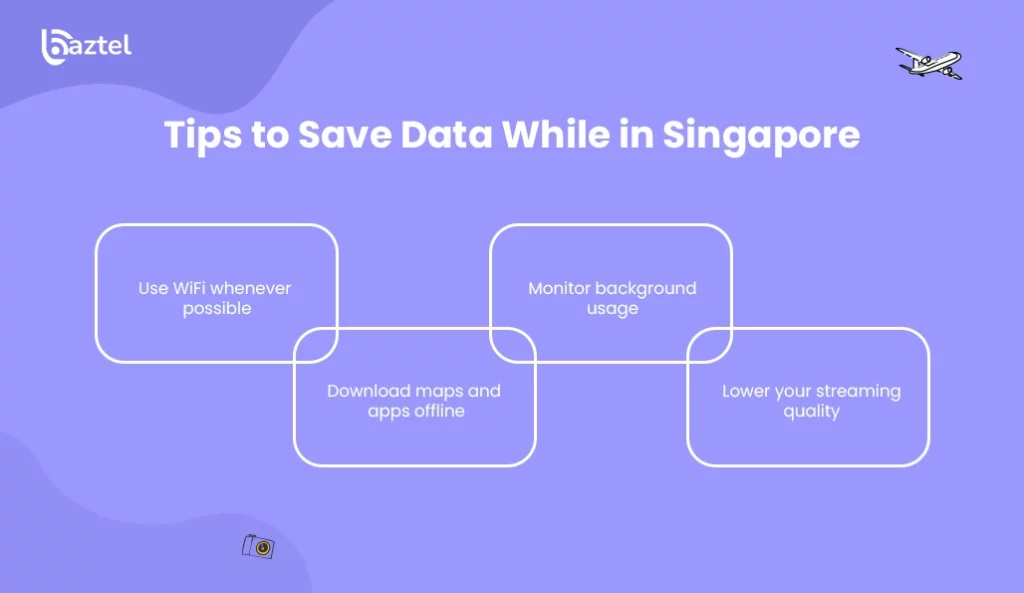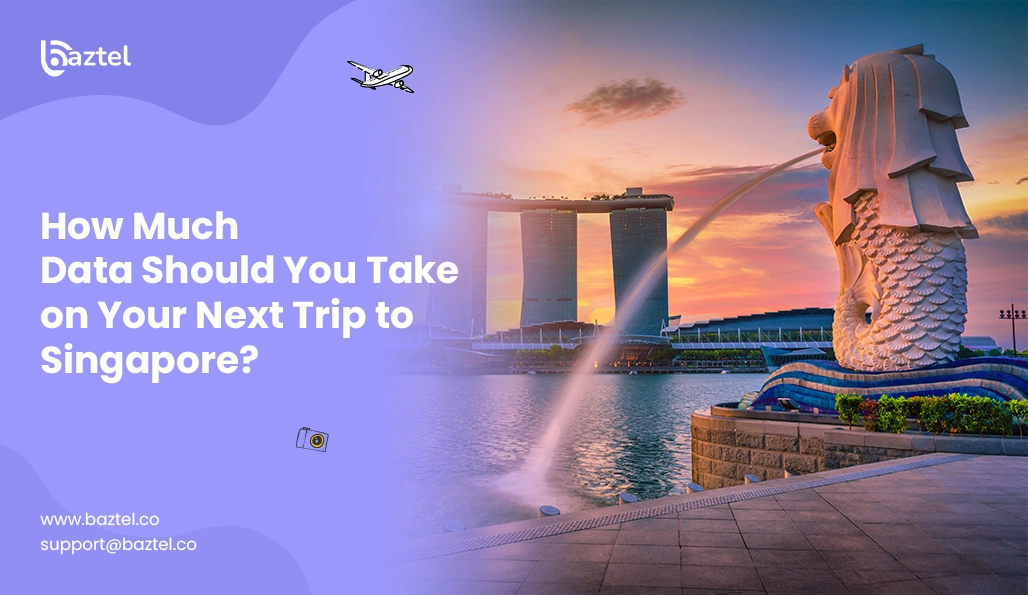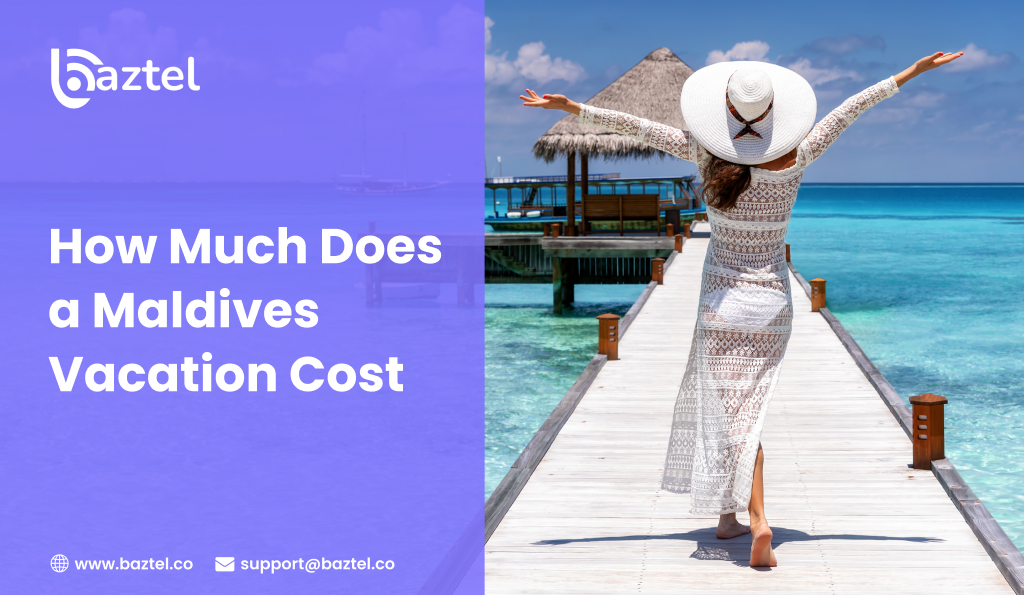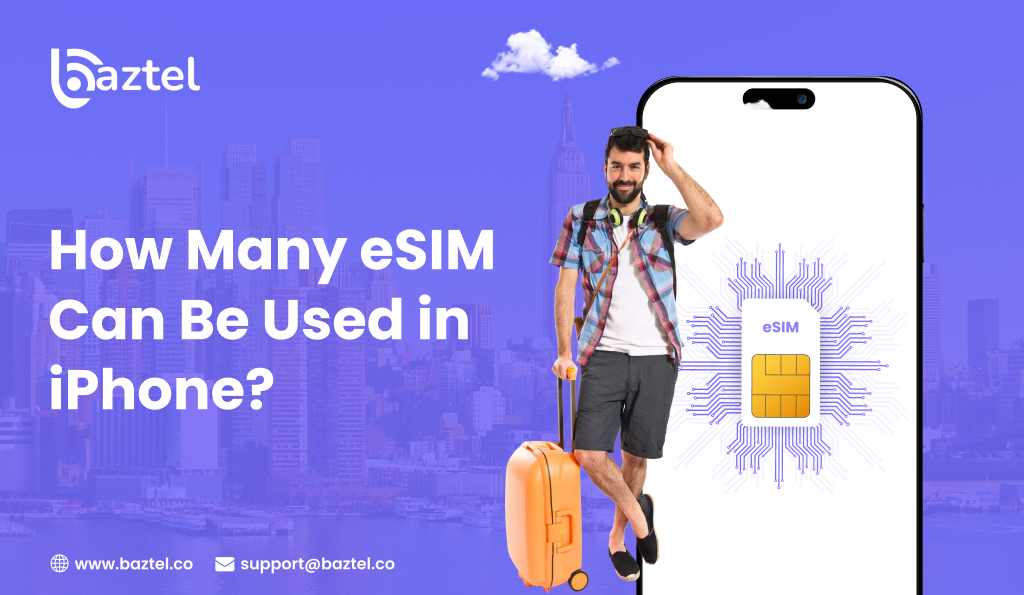Introduction
Planning a trip to Singapore is exciting – seamless transport and delicious cuisine. Among this excitement, you might miss the most important thing – how much mobile data you should carry. In a super-advanced city like Singapore, data isn’t just for reel scrolling, but also for hotel check-ins, navigating through lanes, and staying in touch with your family. With so many options like SIM cards, roaming, and eSIM for Singapore, you might feel confused. But don’t worry, you are at the right place. Read this blog to know how to calculate your data usage, so that your trip to Singapore will be smooth.
Factors Affecting Your Mobile Data Usage
Following are the various factors that affect the mobile data usage of people in Singapore:
- Length of stay
One of the biggest factors that will affect your mobile data usage will be the duration for which you stay in Singapore. For example, if you go there for a short period of time, you might just require 2GB of data for social media, navigation, and light browsing. On the other hand, if your trip goes beyond 2 weeks, you might use more data.
- Type of Activities
The next factor that affects your internet usage in Singapore is the type of activities you perform. Simply put, the purpose of your visit. If you are a businessman, then you will consume more data for meetings, cloud-based apps, and emails. Alternatively, if you are a tourist, you just need the internet for social media updates and navigation. The more online you want to remain, the more data you need.
- Use of Hotel WiFi vs mobile data
Many travellers prefer staying in hotels, which reduces their dependency on mobile data. There are many hotels in Singapore that provide high-speed internet, so you can easily download huge files, scroll social media, and more. The twist comes when you step out, then you have to use your own eSIM for Singapore. You’ll need to use your mobile data for digital payments, communication, and navigation.
- Maps usage
Using offline maps or pre-downloaded maps helps to reduce data usage in Singapore. Downloading Google Maps in advance through eSim for Singapore will let you move freely without constantly using mobile data. In the same way, you can download your favorite Netflix shows and Spotify songs and reduce internet consumption.
How to calculate your data needs in Singapore?
Staying connected is utmost important while travelling in Singapore. Either you can use eSim for Singapore or a WiFi available at local places. From navigating paths to digital payments, and from social media updates to watching YouTube, you will be dependent on your mobile phone. Now it’s important for you to know how much data you consume every day, so that you don’t overspend on the same. Here is a 3-step method to calculate how much data you consume every day:
Step 1 – Estimate your daily screen time
Firstly, calculate the time you spend online every day while travelling. Ask questions like, do I use data for scrolling reels, binge-watch, or just directions?
- A light traveller may only spend 1-2 hours online, using maps, browsing, or scrolling.
- A moderate traveller may spend 3-5 hours online, making video calls, posting on social media, and using ride-hailing apps.
- A heavy traveller may spend 6-8 hours online, binge-watching on Netflix, attending Zoom meetings, etc.
Step 2 – Identify your heaviest apps
Every app consumes a different amount of data than others. For precise calculation, note the apps you rely on most. The following table shows the data consumption of common apps:
| App | Data consumption |
| Google Maps | 100 MB |
| WhatsApp messaging (1 hour)/video call (1 hour) | 10 MB/250 MB |
| Instagram browsing | 150-200 MB |
| Youtube | 1 GB |
| Zoom Call (1 hour) | 1 GB |
| Laptop Hotspot | 1-1.5 GB |
Step 3 – Multiply by the length of stay
Once you know your daily data usage, multiply it by the number of days of your trip. Don’t forget to add a 10-15% buffer, since travellers use more data. See example below
If you are going to use eSIM in Singapore for 10 days, and your daily data usage is 2 GB. That becomes 20 GB + buffer = 25 GB
Why choose an eSIM in Singapore instead of roaming?

See the following pointers to understand why e-SIM for Singapore is better instead of roaming:
- Cost effectiveness
On one side, where international roaming is the most costly way to connect abroad, an eSIM for Singapore emerges as a cost-effective option for travellers in Singapore. It gives you access to local plans at a fraction of the usual cost. Whether you need a plan for a short trip or a long one, eSIM provides you with flexible pricing to suit your budget and requirements.
- Instant activation
The biggest benefit of an eSIM for Singapore is that it instantly gets activated when you set foot in Singapore. Unlike physical SIMs, you don’t have to wait in a long queue. To set up eSIM, you just have to scan the QR code, and you are done. This convenience is especially helpful at times when you arrive late at night or on a tight schedule.
- Eco-friendly travel
Traditional SIM cards come with a lot of packaging, which only goes to the garbage once the SIM is taken out. With an eSIM for Singapore, there is no plastic, so nothing goes to waste. By switching to an eSIM, you can enjoy a seamless mobile experience. It’s a small step, but you actually contribute to the betterment of the environment.
Tips to Save Data While in Singapore

Here are some of the best tips to save your data when you are in Singapore:
- Use WiFi whenever possible
The best way to save on your data is to utilize public WiFi whenever possible. Public places like cafes, airports, and malls provide high-speed WiFi. However, you should make sure that the hotspot you are using is a trusted one.
- Download maps and apps offline
The next way to save your mobile data is to download your essentials before you reach your destination. For example, you can download Google Maps in advance, so that you won’t require mobile data constantly in Singapore. Similarly, you can download your favorite movies and songs before travelling.
- Monitor background usage
Many apps quietly run in the background and keep eating up your mobile data. Check those apps and turn them off if they are not important. With an eSIM for Singapore, you might choose a limited data plan, so keeping a check on background consumption is essential.
- Lower your streaming quality
Another method to save your data is to decrease the streaming quality. For example, when you stream YouTube videos in 2160p, it consumes more data compared to 1024p. You can reduce the streaming quality across platforms such as Spotify, YouTube, and Netflix, and save a lot of data.
Conclusion
While travelling in Singapore, the amount of data you need can be easily calculated based on how often you use your phone. If you just need help with directions or want to browse occasionally, a small pack would work for you. But if you are someone who loves sharing updates on social media, or you want to work remotely, you might have to go for a bigger pack. That’s where eSIM for Singapore comes to your rescue. Unlike traditional SIMs, it gets activated instantly after you land in Singapore. Additionally, it’s flexible, affordable, and designed keeping in mind modern travellers who don’t want to waste time worrying about connectivity. By estimating your usage in advance and opting for a reliable eSIM, you can make your trip to Singapore stress-free and memorable.
Blog Author
Peter
Peter started BazTel.co to make mobile internet easier for travellers. He noticed how tough it was to find good network options while visiting new countries. That’s when he built BazTel — a place where anyone can buy eSIMs online without confusion or long steps. He believes tech should be simple and useful, not complicated. When he’s free, he likes to travel, test BazTel himself, and keep improving it based on real user problems.

 Botswana
Botswana Zambia
Zambia Congo
Congo Colombia
Colombia China mainland
China mainland Chile
Chile Chad
Chad Central African Republic
Central African Republic Canada
Canada Cameroon
Cameroon Cambodia
Cambodia Burkina Faso
Burkina Faso Bulgaria
Bulgaria Brunei Darussalam
Brunei Darussalam Brazil
Brazil Aland Islands
Aland Islands Bosnia and Herzegovina
Bosnia and Herzegovina Bolivia
Bolivia Belgium
Belgium Belarus
Belarus Bangladesh
Bangladesh Bahrain
Bahrain Azerbaijan
Azerbaijan Austria
Austria Australia
Australia Armenia
Armenia Argentina
Argentina Algeria
Algeria



